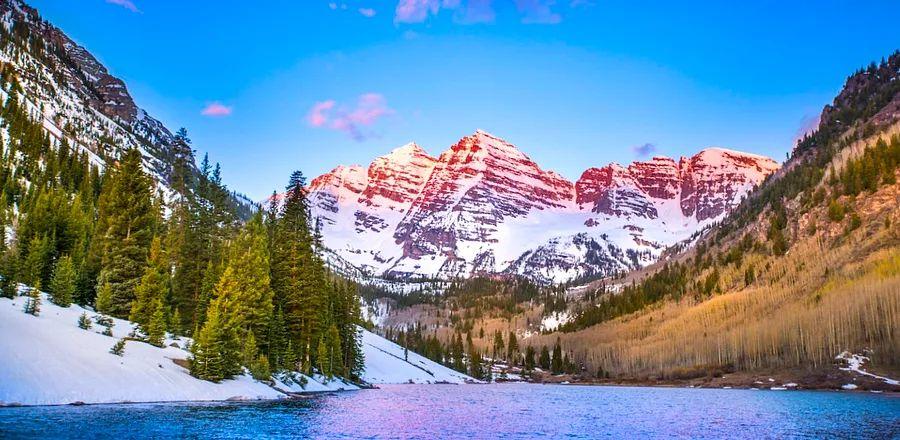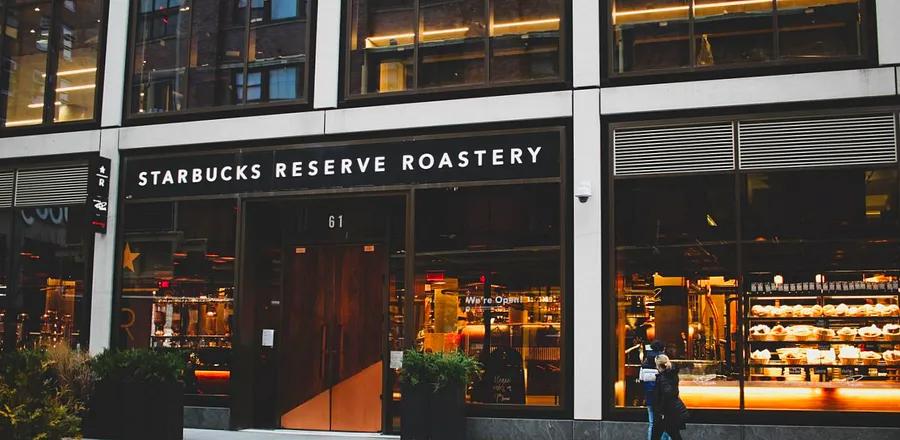How the Pandemic Altered Travel’s Off-Season

Justin Todd used to have a reliable sense of when business would slow down. With 15 years in the hospitality industry in Aspen, Colorado, he recognized that the time between the snow melting and wildflowers blooming brought a lull. From mid-April to early June, many Aspen establishments, including Aspen Meadows Resort, where he serves as general manager, would close—there simply wasn't enough business to warrant staying open. This downtime was often used for repairs, deep cleaning, and project completion, allowing staff to take their own vacations and giving locals a chance to enjoy their community without tourists.
However, since the pandemic began, that restful period has been disrupted.
“Things are definitely busier now,” Todd remarked about the shoulder season, noting that his resort now operates year-round—occupancy rates exceeding 70 percent during what was once the slow season made this an easy business decision.
Aspen is not an isolated case. Nationwide, destinations have observed a change in traditional travel seasons. Many places that historically chose to close during slower times, like the Ritz-Carlton Lake Tahoe, are now remaining open year-round due to significantly increased demand.
Factors Influencing Off-Season Travel
“The duration of the off-season has significantly decreased,” noted Linda Bendt, owner of the Minnesota-based travel agency Pique. “In many areas, the distinctions have become unclear. Travelers are perceiving destinations in a new light.”
More and more, interest in vacation destinations has become independent of weather conditions. Wendy Burk, founder of the La Jolla, California-based travel agency Cadence, stated, “Availability and safety are now the two primary considerations.”
“Travelers carry a sort of emotional baggage from the pandemic, and it’s unlikely to heal quickly,” Burk explained. “Opportunities to travel can close as swiftly as they open. When you get the chance to travel and the option is both safe and available, you seize it.”
Jan Freitag, national director of hospitality analytics at the information and analytics firm CoStar Group, attributes part of this shift to work-from-anywhere policies, which are enabling people to travel more often and for extended periods.
“Previously, the data clearly showed a peak in hotel occupancy during June and July, often exceeding 70 percent nationally, followed by a significant drop-off at summer’s end,” Freitag explained. “However, in 2021, those high figures persisted into October, even with reduced business travel—likely reflecting just leisure travelers.”
How Shifts in Travel Behavior Affect Destinations
Nancy Lien, a public relations manager at Expedia Group (which operates over 200 sites, primarily travel fare aggregators and metasearch engines like Expedia.com, Vrbo, Hotels.com, Hotwire.com, Orbitz, Travelocity, Trivago, and CarRentals.com), noted that the data collected by her company aligns with CoStar’s insights.
“Reviewing lodging data from Expedia and Hotels.com for September 2021, we observed that travel demand remained robust, along with lodging prices, defying the seasonal patterns seen before the pandemic,” Lien stated.
For instance, she pointed out that lodging demand for destinations in Mexico and the Caribbean surged by approximately 200 percent in September 2021 compared to September 2019. Lien added that the locations experiencing the most significant influx of shoulder season travelers are those with outdoor access, especially national parks and beaches.
“Leading destinations are seeing double-digit increases in hotel demand compared to pre-pandemic levels—some areas may have lost their spring shoulder season,” Lien concluded.
Lien noted that hotels in destinations like O‘ahu, Maui, the Florida Keys, Punta Cana in the Dominican Republic, and major coastal areas in Mexico have seen a notable rise in spring demand compared to 2019, irrespective of the season. Similarly, accommodations near national parks—even during the bitterly cold winter months at locations like Mount Rushmore and Yellowstone—are experiencing occupancy rates that exceed pre-pandemic levels.
A prolonged travel season can serve as both a boon and a challenge for destinations. Increased visitor numbers generally lead to higher revenue. However, in places like Park City, Utah, and Jackson Hole, Wyoming, where both summer and winter seasons can be overwhelmingly busy, a reduced off-season means workers are left with little opportunity to recharge, which is especially concerning given the ongoing labor shortages. Additionally, locals face an unending influx of tourists throughout the year.
The shoulder and off-seasons have historically been the best times for travelers to find bargains and explore destinations with fewer crowds. Yet, as traveler numbers rise, demand increases—allowing hotels to charge more (and inflation has further raised travel costs). The rental car market highlights the steep prices that can arise when shortages meet heightened demand.
Where to Escape Off-Season Crowds
For those eager to find shoulder and off-season getaways and deals reminiscent of the past, timing and flexibility are essential.
According to the Expedia’s 2022 Travel Hacks report, published in November 2021 with the Airline Reporting Corporation, January stands out as the most economical month for domestic flight departures, offering savings of about 10 percent. Meanwhile, August emerges as the prime time for international travel, boasting approximately 20 percent lower costs. While these insights may not be immediately useful for this year, they are worth keeping in mind for 2023 and beyond. Additionally, the best average daily rates for accommodations generally fall on Mondays, allowing travelers to save over 15 percent compared to staying on Fridays, the priciest day. For international journeys, opting for a Tuesday stay instead of Thursday can lead to savings close to 10 percent. In terms of destinations, Lien pointed out that places like Lake Powell (spanning Utah and Arizona), Glen Canyon National Recreation Area, and Boulder, Colorado, offer more affordable alternatives to popular national parks such as Yosemite and Zion. For those seeking beach getaways, locations like Orange County and San Diego in California, Fort Lauderdale and Daytona Beach in Florida, as well as Costa Rica, are typically cheaper options than beaches in Mexico and the Caribbean.
While it's impossible to fully anticipate how a travel season will unfold (just look at the flight chaos experienced this past summer), Freitag observed that the school calendar might play a role in returning the off-season to its traditional form. He remarked, “As schools resume consistent in-person learning, more families will align their travel with peak seasons, influenced by the academic calendar.” It will be interesting to see how this develops.
The reopening of more countries, including Japan, could alleviate some of the pressure on various destinations. However, travel agency founder Wendy Burk noted that her firm believes the current high demand represents “a trend that will persist as global travel restrictions ease.”

1

2

3

4

5
Evaluation :
5/5